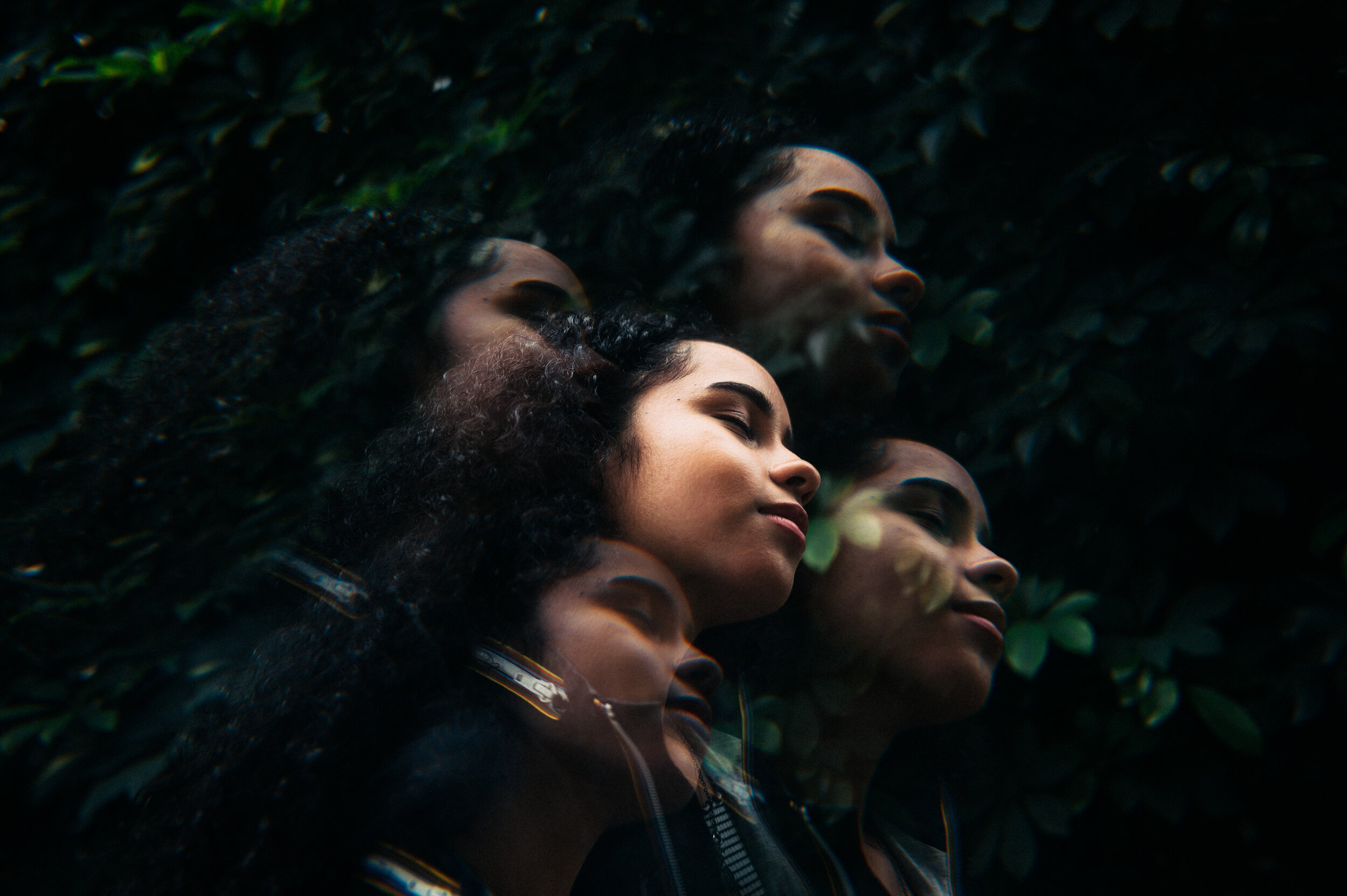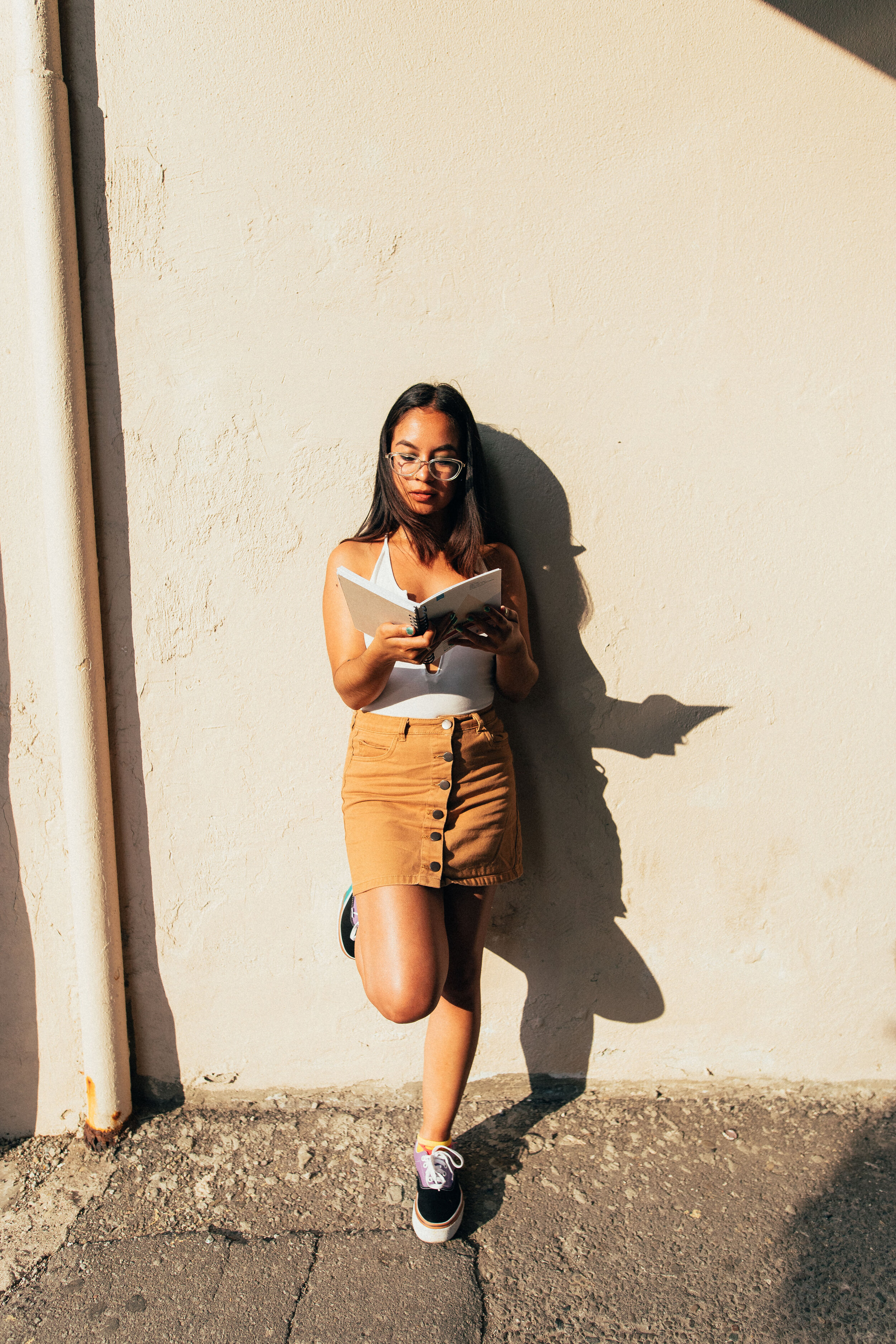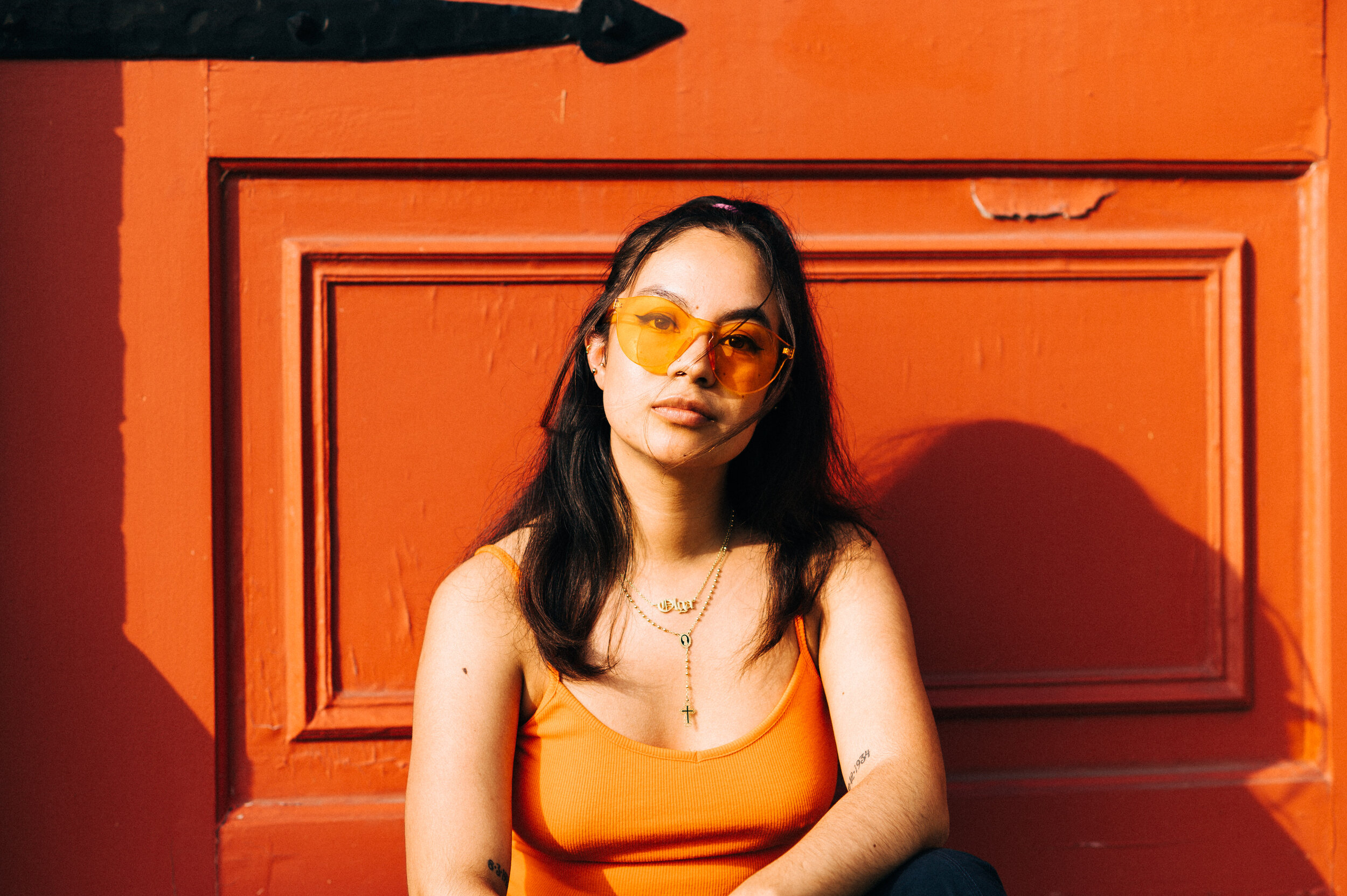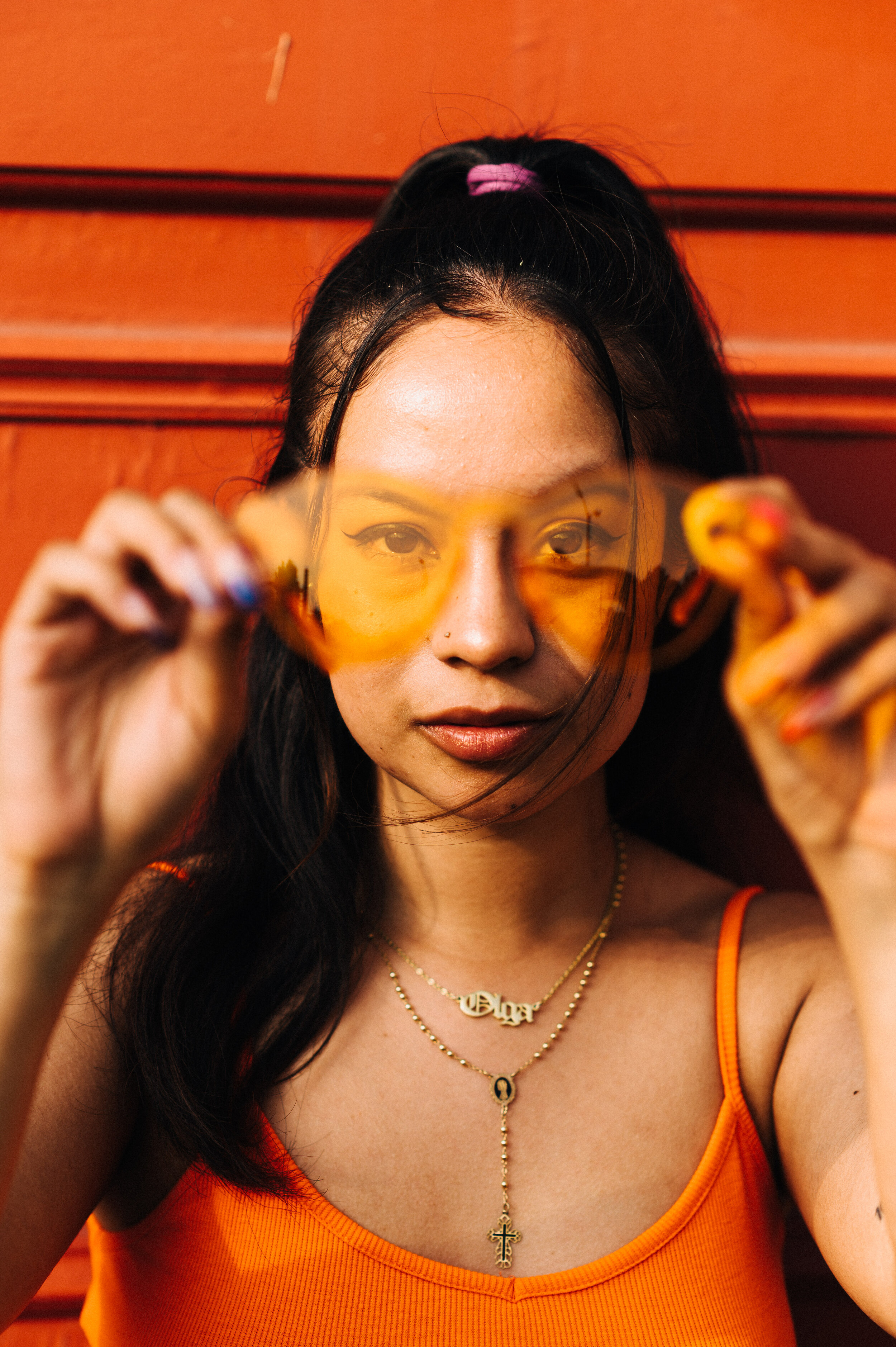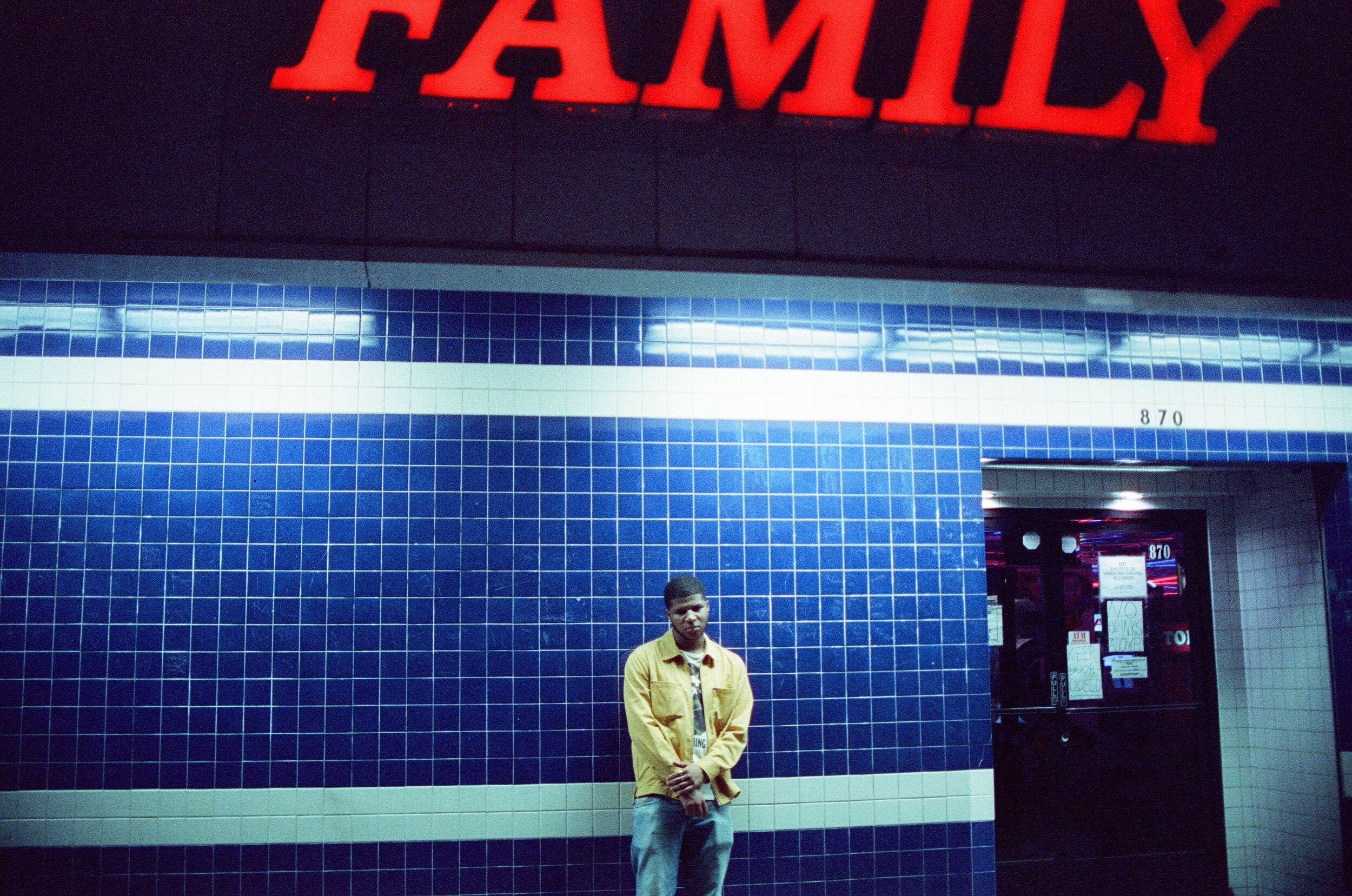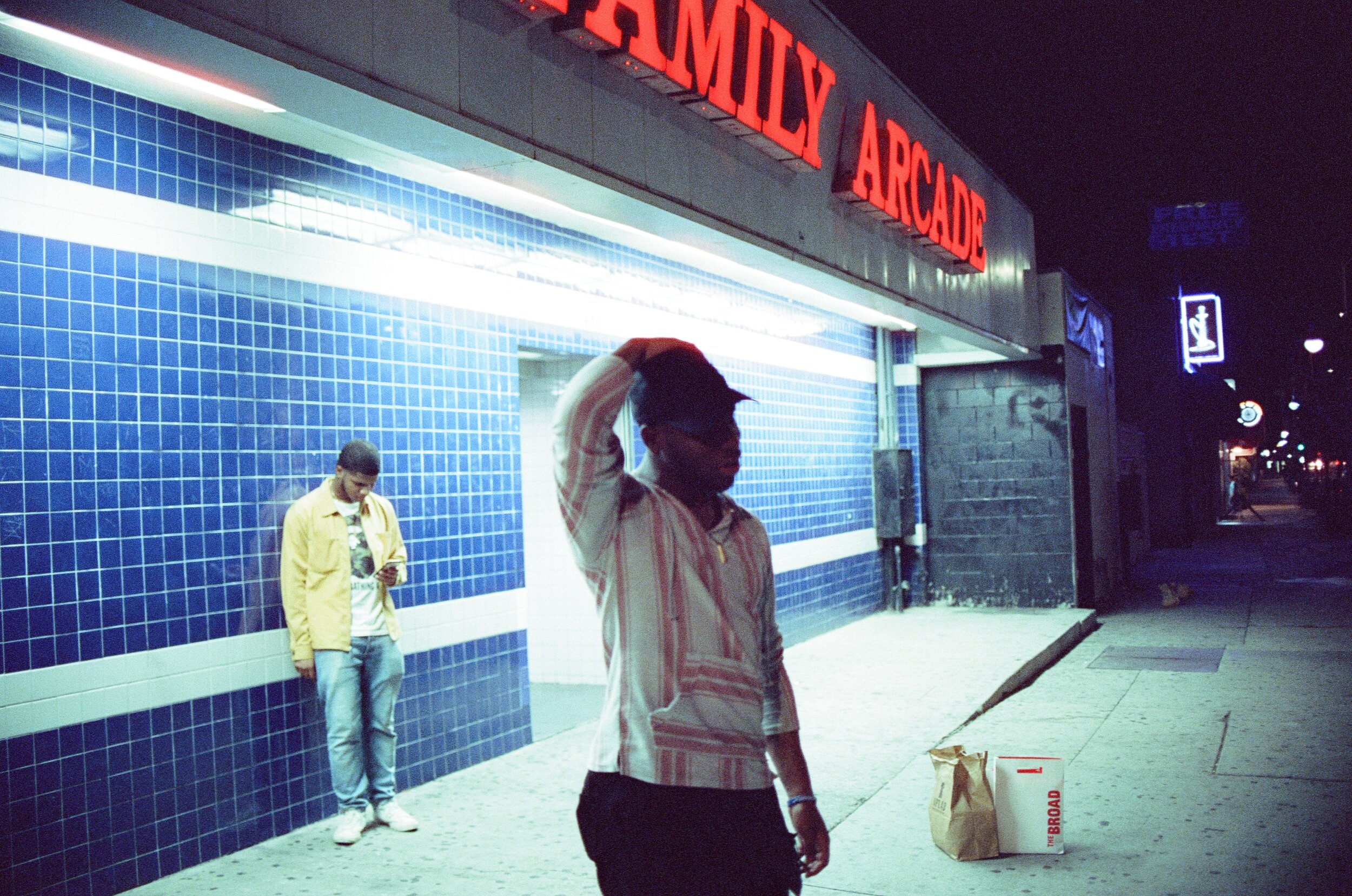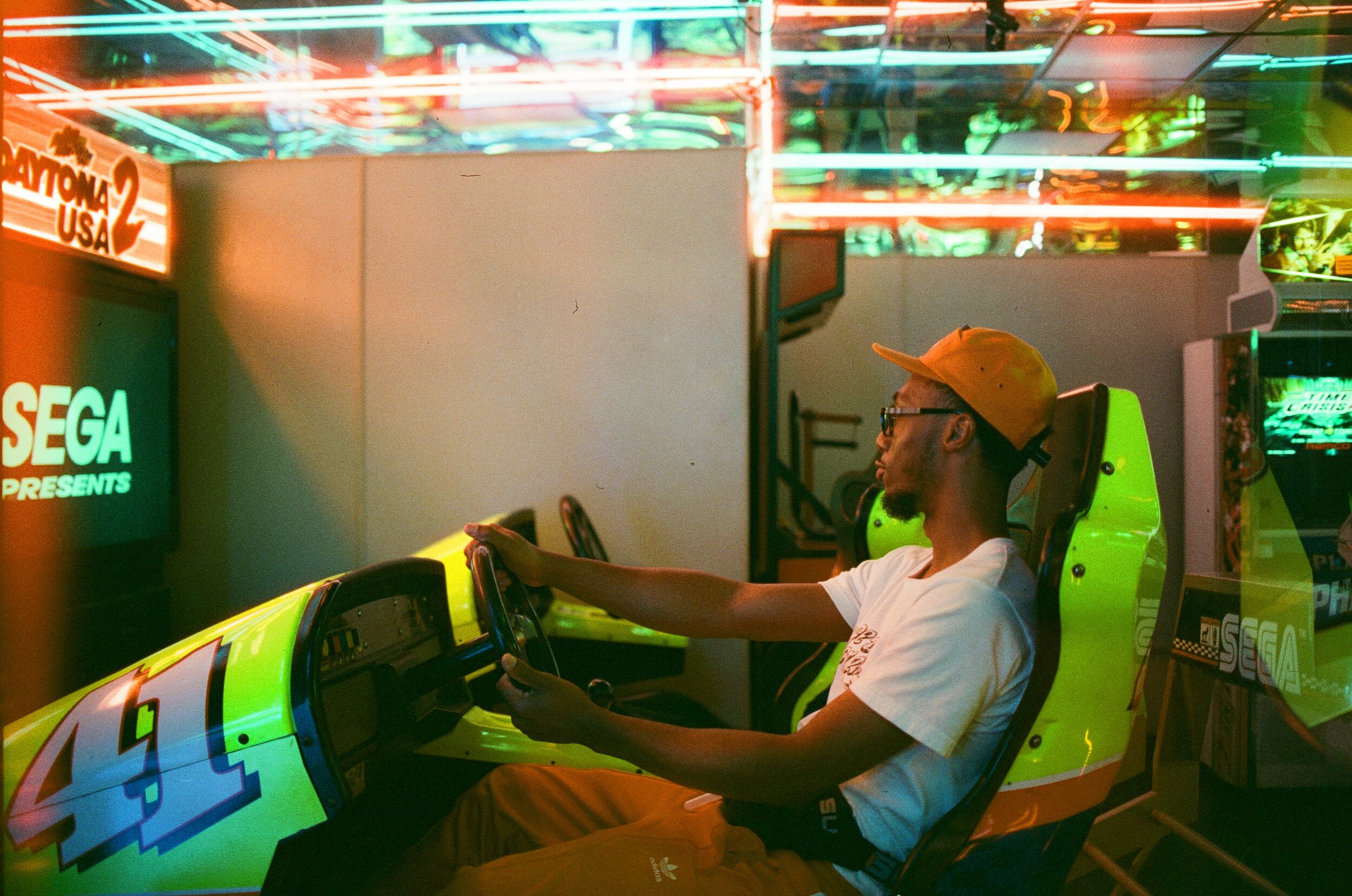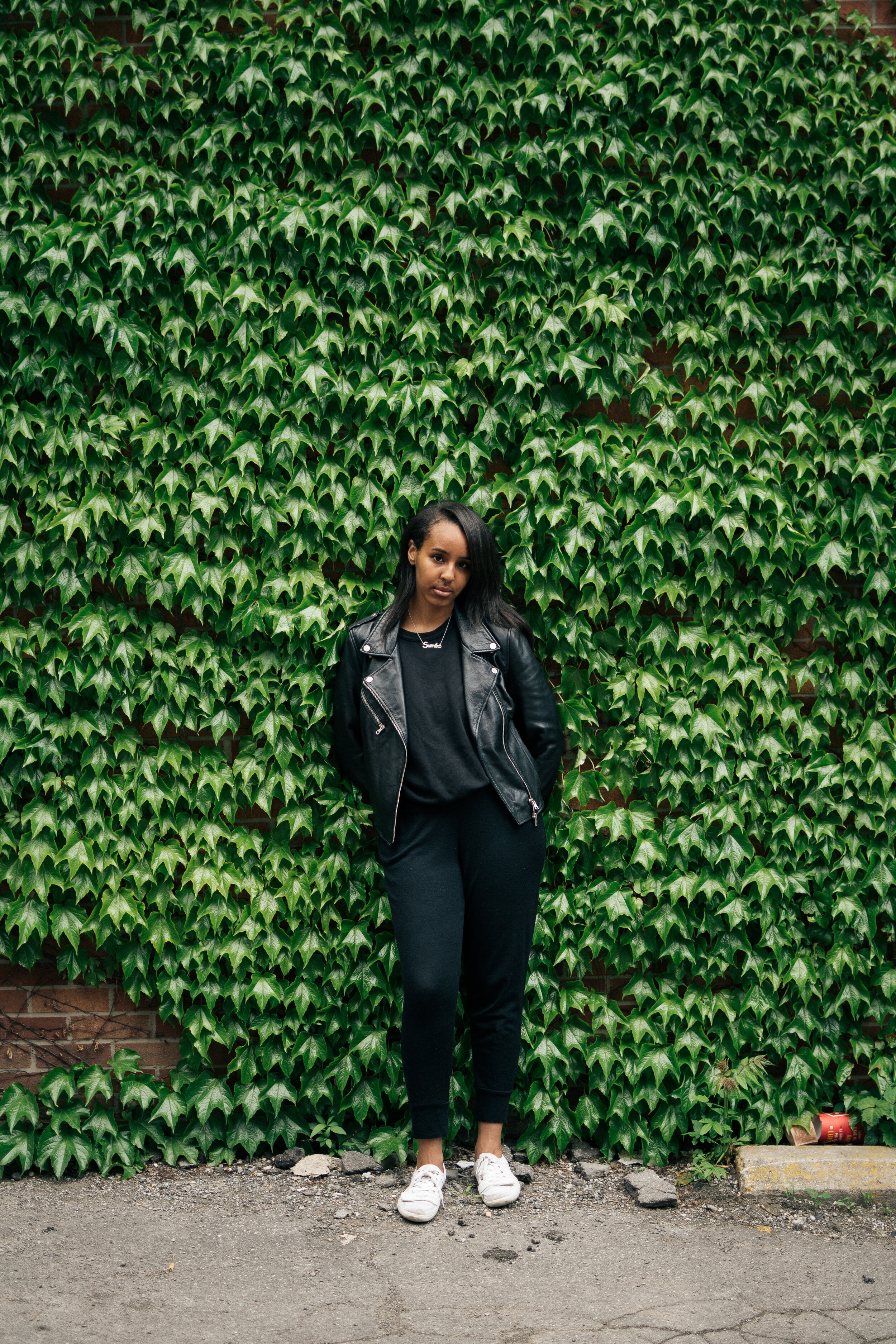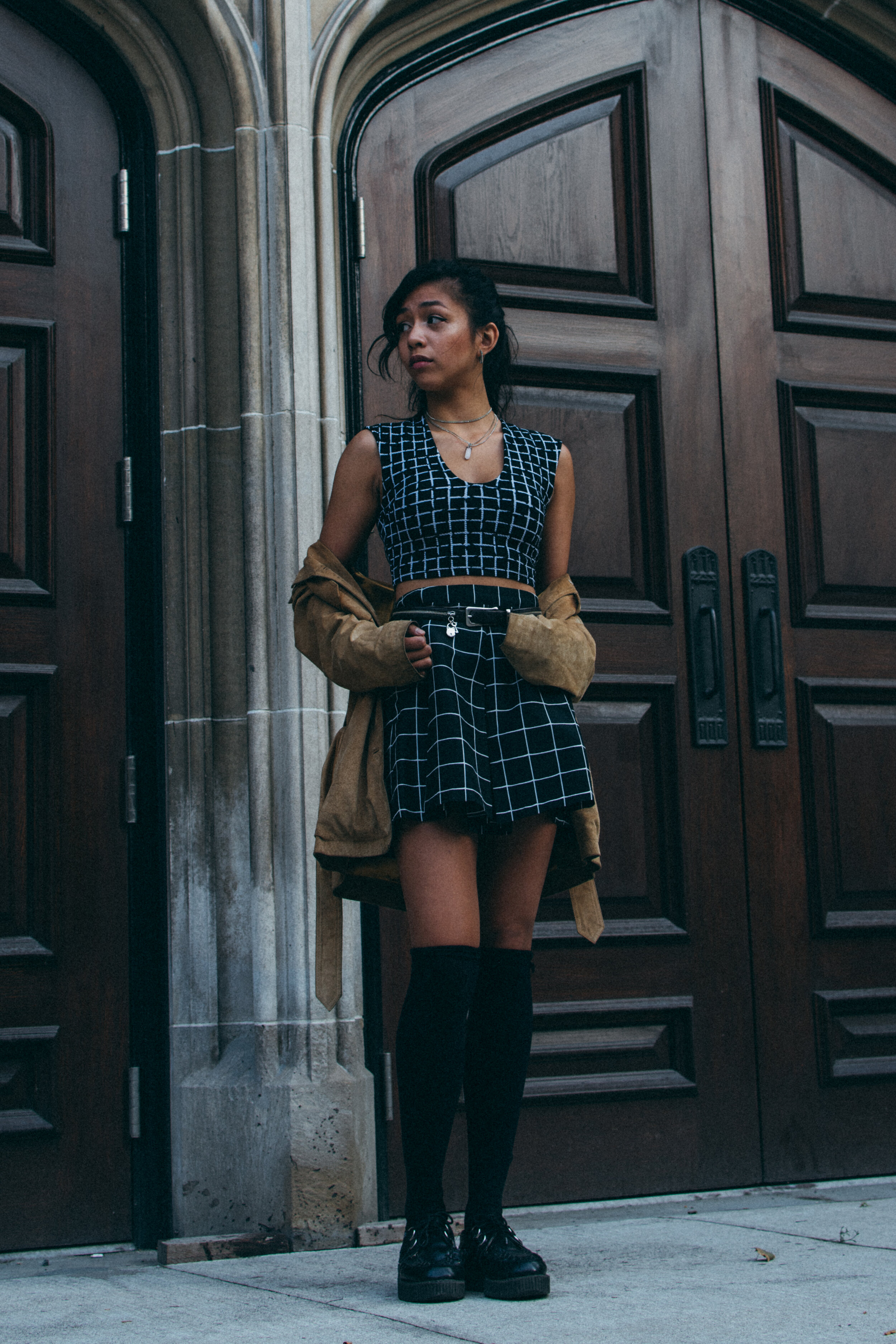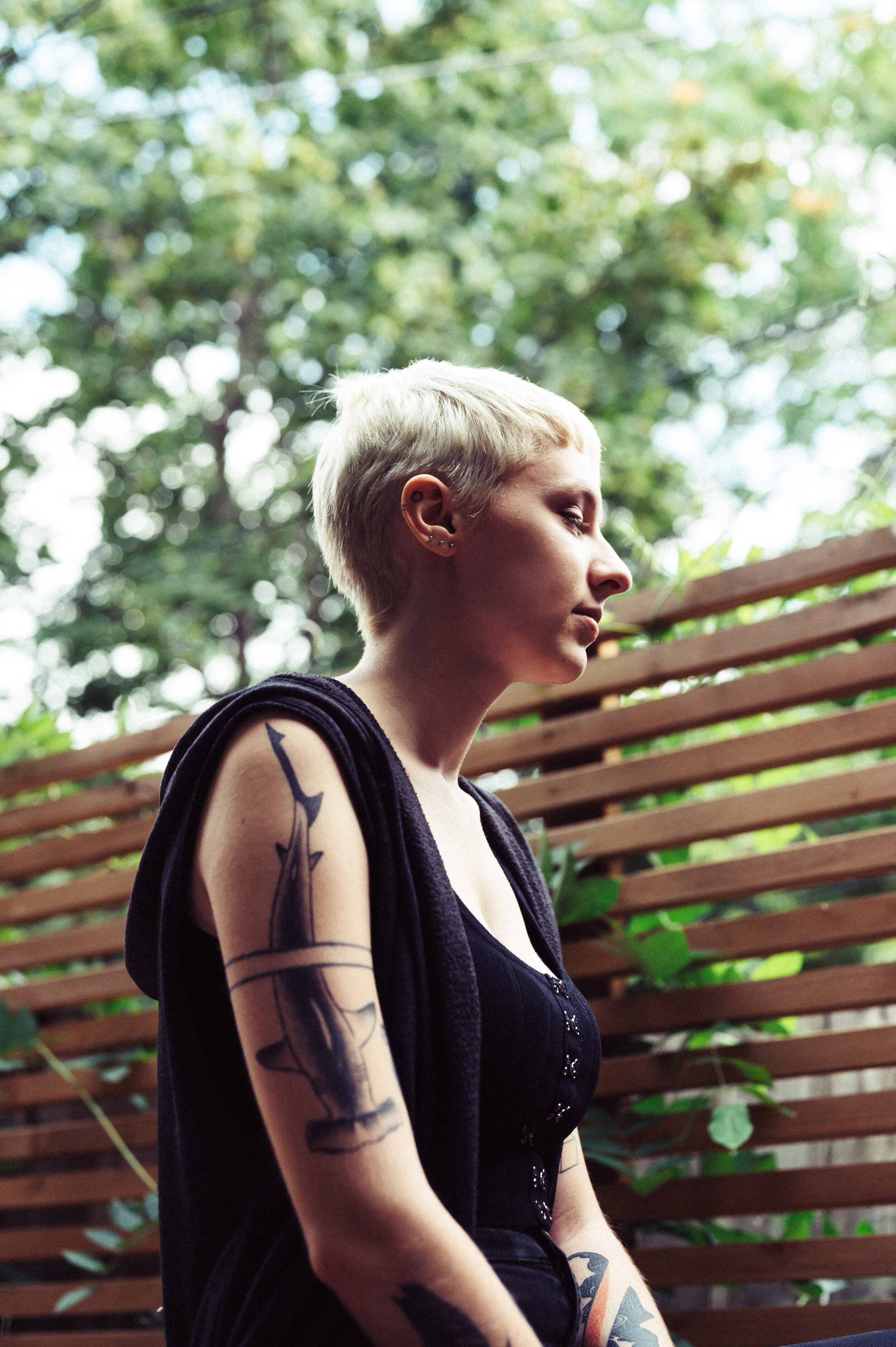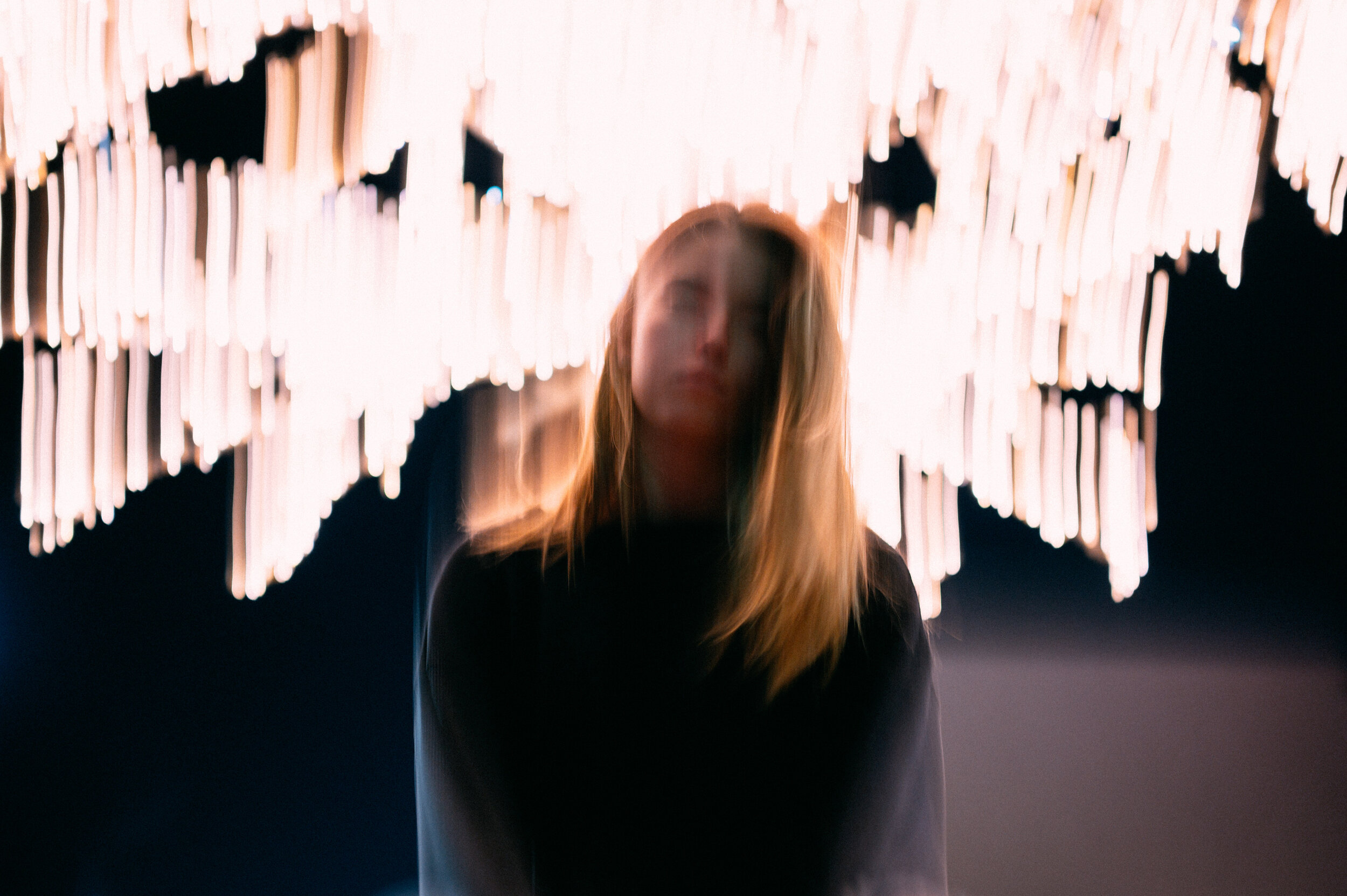When Creatives Exchange // KAEPLUS
As a Creative I have the awesome privilege of working alongside so many amazing people and I frequently cross paths with artists of all walks of life. For the longest time I have wanted to create a place where I can showcase some of these talented individuals that I know personally or have had the opportunity to meet.
This year I’m starting a new series on my blog called “When Creatives Exchange” to introduce you to some of these said people. Once a month I will be interviewing artists who work in various art forms so we can exchange ideas, connect as a community, support and learn from each another.
I hope you will be as inspired as I have been. With that being said I want you to meet Photographer “Kaeplus”.
Kris Robinson
is a young creative on the rise. Having been grinding over the past five years, he has created his own lane in an extremely saturated field. Kris is one of the few slept on gems in a field where there is little to no space for mess ups; he embraces every flaw and makes them into something worth appreciating. He is someone to keep an eye on as his style is “to keep changing his style”. Nothing is ever the same with him. He calls his style a kaleidoscope because it never stops changing. Having caught the attention of Vice in 2018, he has continued to keep his momentum going. Kris will be someone to keep a look out for in 2020.
1. How did you discover photography? What drew you into the photographic world?
My discovery of photography came from a bunch of things really. For me, I come from an arts background which helped jumpstart my creativity in general. In high school I was in a media arts class where I was loosely taught some tricks about photography but I really didn’t think anything of it until I got to college where I learned that not only was I good at taking photos but the men in my family are actually photographers.
So, I learned a lot of the technical stuff in school but I didn’t get the best marks because I never followed the rules of photography. So, despite my stuff being passable I got terrible marks!
I think what drew me to photography was the idea that I can think of something and have the flexibility to go out and make something of what I thought. I think it's a way of making a lasting first impression, but all the time.
2. Who were your early influences? Who are you influenced by today?
My early influences when it came to photography were:
Alina Tsvor from Chicago. She just has this way of getting nuanced emotions out of every person she is able to be with. Her overall style of shooting has had the biggest influence on my work and still does to this day. She actually reached out to me once and I kinda geeked out over it since she’s my favourite.
Andre Josselin is another person that was an early influence while I was in college. I was super inspired by the way he is able to make things look very cinematic but still keeps everything looking real without compromising the quality of both.
Jamal Burger most known as “Jayscale” on instagram. When it comes to my street photography everything I’ve learned is more or less inspired by him. The way he is able to capture emotion in the everyday life of people you wouldn’t normally even pay attention to adds a certain depth that I paid close attention to.
My influences have changed a little bit, now the influence is actually coming from people in different mediums altogether.
Sango is a producer that I’ve been listening to in super heavy rotation that I almost exclusively edit to on a weekly basis. My alarm every morning is actually his music. His music just has this genuine human feel that makes it seem like I always find comfort in any neighbourhood which in turn makes me feel comfortable shooting in any place.
Hiro Murai is a director who is able to make everything in his work seem so raw and authentic that is so relatable. His work on the show Atlanta has been a heavy influence.
3. Where do you draw your inspiration?
For me, I’m constantly drawing inspiration from movies. I think I watched more movies in my 23 years of life than anything else ever. Generally, the biggest inspiration from movies for me is the cinematography and visual styling with dark shadows and bright colours. Also, I’ll watch movies with no sound and listen to lo-fi music that also really inspires me, like electronic music or even Brazilian hip hop. I’ve also always grown up around my family in Brooklyn which was great because being in the middle of a giant city I was always flooded with bright lights and colour with almost no end that is constantly inspiring me.
4. In your opinion, what makes a good photograph?
For me a “good” or “great” photograph is multiple things.
For portrait photography, I believe a great photograph consists of not having the subject be at total ease, because as humans we aren’t always smiling or upset. I also think a subject’s personality should shine through not only in their facial expressions but in how they dress. As this kind of gives you a sense of who this person is and what they would be like if you met them.
I took a portrait a few years ago
with this girl sitting in a golden bathtub filled with roses with red curtains not fully behind her with almost a cathartic emotion on her face. It felt as if she was not only bathed in luxury but was also feeling elegant at the same time. It’s this balance I try to convey in a great portrait.
For street photography, I think this is a lot harder and technical. For me I want my photographs to make you feel like you never left a certain place or time. I believe that if you can give someone a sense of nostalgia.
I have a photo I took in Queens, New York that I shot in Black & White with these silhouettes of children running under a fountain with a giant globe in the back. Looking back at it made me feel like I was a 7-year-old with no care in the world and that if it was the end of time that wouldn’t stop me from enjoying the end. That feeling is what I was looking to capture with a great street photo.
5. I know you often shoot on film, why do you choose to work with this medium?
Film is one of those weird things that not many realize is extremely beneficial to the overall growth of being a photographer or just an artist in general. I chose to start shooting on film about 2 and a half years ago. I instantly had to get used to the waiting that came with it. There was no LCD screen. No playback button. I couldn’t just press my shutter carelessly knowing I couldn’t see what I just took.
I came to realize that now I truly have to think about all 24 or 36 photos on this roll of film. So, with this now I had to go about my day thinking differently if I was forced to slow down. Slowing down when everything is usually at my fingertips honestly changed my life. It taught me patience.
Everything I learned with film I brought over to digital. So now instead of me firing off 50+ photos I didn’t fully think about and maybe getting 24 good ones. I now shoot 24 good pre-thought photos.
I also chose to shoot on film because my parents caught every moment of my life growing up with old disposable cameras and they had this tangibility. It felt good holding something physical in my hand. It also was so nostalgic looking at them. It’s interesting how a photo from so long ago can flood people with emotions. Shots on film are timeless.
5. I know you often shoot on film, why do you choose to work with this medium?
Film is one of those weird things that not many realize is extremely beneficial to the overall growth of being a photographer or just an artist in general. I chose to start shooting on film about 2 and a half years ago. I instantly had to get used to the waiting that came with it. There was no LCD screen. No playback button. I couldn’t just press my shutter carelessly knowing I couldn’t see what I just took.
I came to realize that now I truly have to think about all 24 or 36 photos on this roll of film. So, with this now I had to go about my day thinking differently if I was forced to slow down. Slowing down when everything is usually at my fingertips honestly changed my life. It taught me patience.
Everything I learned with film I brought over to digital. So now instead of me firing off 50+ photos I didn’t fully think about and maybe getting 24 good ones. I now shoot 24 good pre-thought photos.
I also chose to shoot on film because my parents caught every moment of my life growing up with old disposable cameras and they had this tangibility. It felt good holding something physical in my hand. It also was so nostalgic looking at them. It’s interesting how a photo from so long ago can flood people with emotions. Shots on film are timeless.
I also don’t think that every hobbyist with amazing work would call themselves pros even though their work says otherwise. And I don’t believe that every pro would think of themselves as a hobbyist even though some shoot casually with pro gear. After all the gear doesn’t make you a pro or hobbyist. The passion for the craft does.
The camera at the end of the day is just a tool.
8. What has been your most memorable moment in your career so far?
This is a tough one. I think the most memorable moment for me thus far was maybe a year and a half ago where I stopped letting social media likes and follows define my work.
This was actually quite significant for me because up until then I was doing everything for the internet. I wasn’t doing it because I enjoyed it. I valued the opinions of the internet so much that it would reflect something that wasn’t of me but of the audience.
Once I let all that go I started to create work I genuinely loved and the audience recognized and it worked in my benefit.
So, I think that is my most memorable career moment to date.
Also, getting published in Vice is a close second aha!!
9. What would you say is most important to consider when shooting portraits?
I would say the most important thing to consider when doing ports is that it isn’t solely about getting “the shot”. It’s a collaboration. Your ideas with input from models on what they also think can work. It’s not a one-sided thing. You can tell when it seems forced. So, consider that when two parties come together and bounce off one another the end result is much better. That should be the biggest consideration!
10. Can you take us through the typical planning process for your images?
Generally, I start by writing out potential ideas that I feel would be an effective way of showing my very vibrant style. I then read tons of magazines to get a sense of how I’d like my photos to feel and look. I then sketch out poses on my phone and in a notebook to help me visualize and I’ll photograph myself in the poses for reference.
Next step is to find a model I feel would be the best to collaborate with. I mostly shoot with girls as I feel they are super creative and are cool with putting their own spin on any ideas I throw their way. Guys don’t have a natural wavy flow with poses. Most of my poses are very fluid so I generally look for those that I feel will flow well with my poses.
Once that is out of the way, I location scout. Since I don’t shoot anything in studios, I actually have to go outside and find somewhere. I generally look for places that most would find great for photos, and I try to find somewhere that the model would fit into. I try to base it around my models personality.
Then it all comes down to execution.
In post, I always try to make my photos high in contrast with very vibrant colours. For street photography, I usually post up on a wall somewhere and just wait for things to happen. No rushing that aha! Generally, I go for more muted colours for this. Even going as far as shooting in black and white.
11. What do you hope people take away from viewing your images? Is there a particular message you would like to get across to the viewers?
What I hope people take away from my photos is that every photo is a reflection of how I am when I’m not behind the camera. Whether it be the vibrancy representing my upbeat personality or the framing and poses representing my attention to detail and awareness to what is around me. Every portion of each image is there for a reason and is representative of myself in visual form.
12. As a photographer who has a distinct style, what tips can you share for aspiring artists or photographers who are trying to develop a style and vision of their own?
I think one of the best tips I can share is to constantly be changing what you do in order to avoid becoming stagnant in an extremely saturated field. You don’t want to be doing the same thing for too long or you won’t get noticed. I’d also say to reach out to your favourite photographers, in most cases they are super cool and are willing to help you learn plenty of new skills. Don’t be scared to experiment. Don’t hate blurred photos, some of them are actually super dope. Pull inspiration from everything. Don’t imitate. Inspiration and imitation are two very different things.
Connect with Kris:
Website: kaeplus.net
Instagram: @kaeplus

